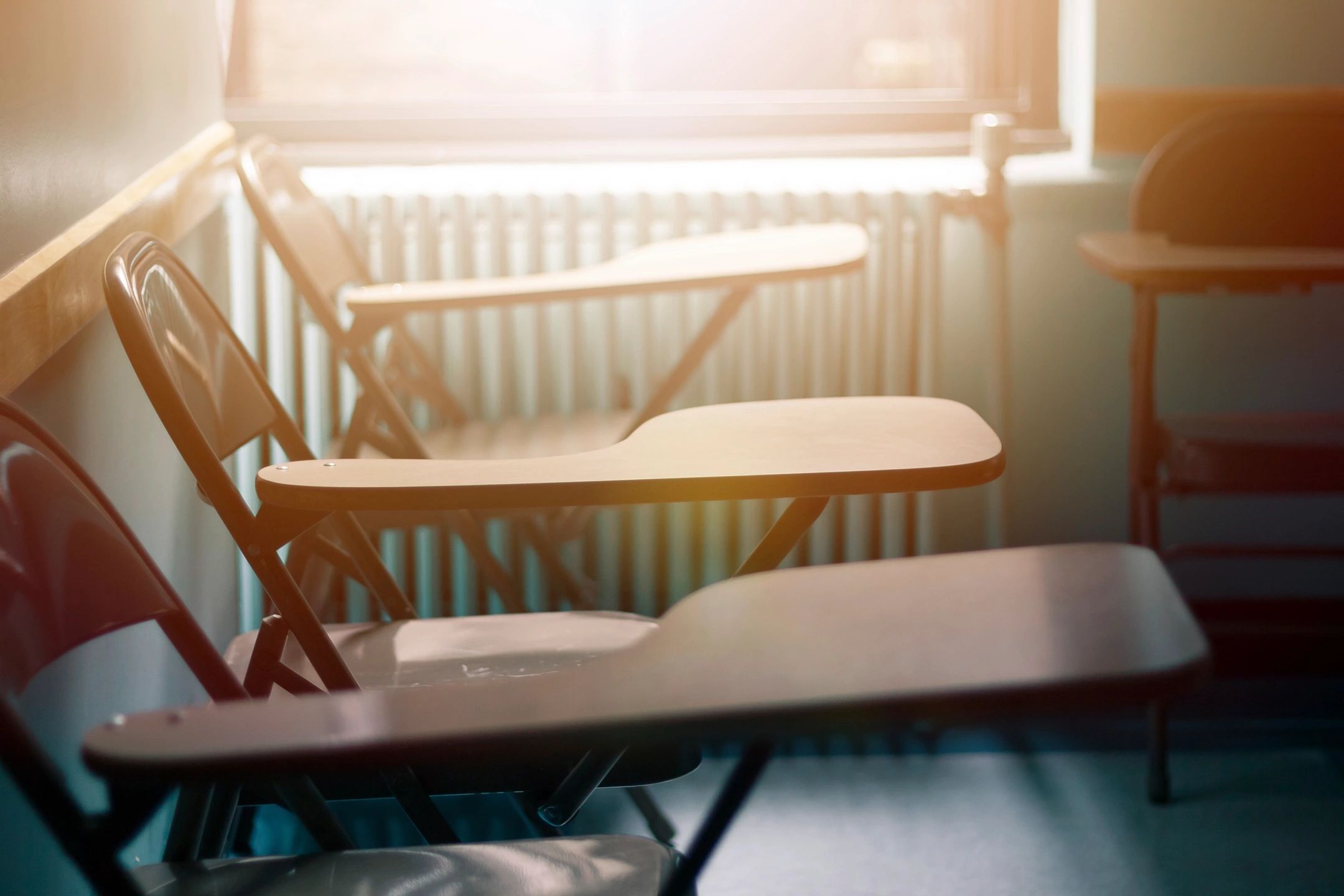The Cell Cache
The Cell Cache, in its prototype form is a means for controlling access to students' cell phones in a classroom environment via wi-fi.
When the prototyping phase is complete, the lessons learned can be applied to a finished product, suitable for general classroom use.
Since 1993
What is the Cell Cache?
The Cell Cache grew out of a high school teacher's complaint about student's use of cell phones during class time.
Confiscating phones from offending students wastes class time in addition to shifting responsibility to the teacher for keeping track of the phones and being sure that each confiscated cell phone is returned to its proper owner at the end of class.
A more direct approach would be to have all students place their cell phones in a lockable box at the students' desks at the beginning of class. Then, at the end of class, all the boxes would be simultaneously unlocked by the teacher, allowing the students to retrieve their own phones.
It became clear that the boxes' locking mechanisms should be controlled remotely by the teacher instead of having to unlock each box manually with a key.
Thus, the idea to use a wi-fi approach, based on the recently available Espressive ESP8266 system on a chip was born. The 8266 chip comes with built-in wi-fi capabilities in addition to a large amount of flash rom and a significant amount of read/write on-chip ram.
In addition to the above features, the 8266 supports several sleep modes and quick sleep-to-wake functionality. This minimizes the amount of battery power required to keep the boxes working, and consequently, the number of times the boxes' batteries must be recharged. The goal is to keep the boxes charged throughout a typical school year with no battery charges required; although ongoing testing will reveal if this is a realistic goal.
Control of the locking mechanism can either be done by using a standard cell phones ability to communicate over a wireless network, or by using a specially dedicated control box at the teacher's desk. In addition to controlling all the locked boxes at one time, the software allows for individual control of each box when called for. The boxes will also report their status (open/closed) to the control box to ensure that all students have closed and locked their box.
Each storage box is further designed as a Faraday cage to keep a phone stored in it from receiving signals that might cause the phone to cause further class disruptions.

